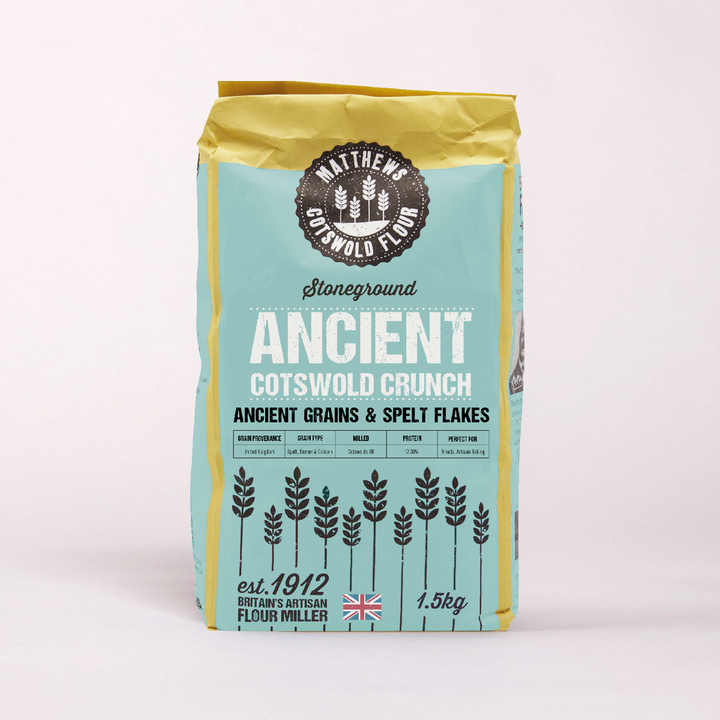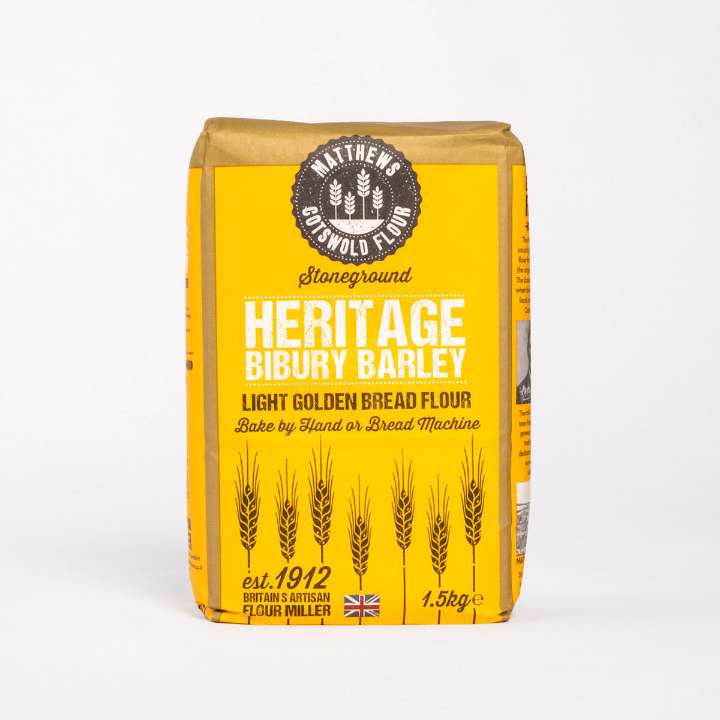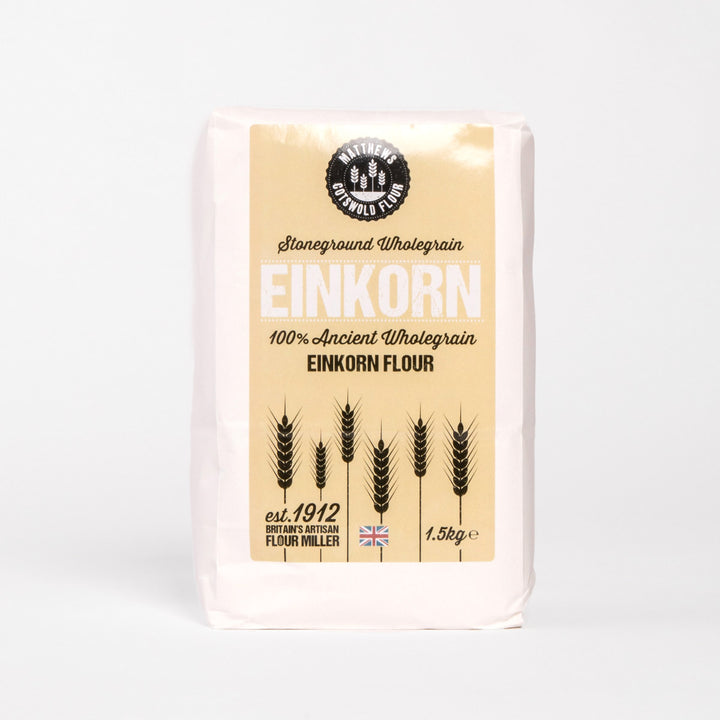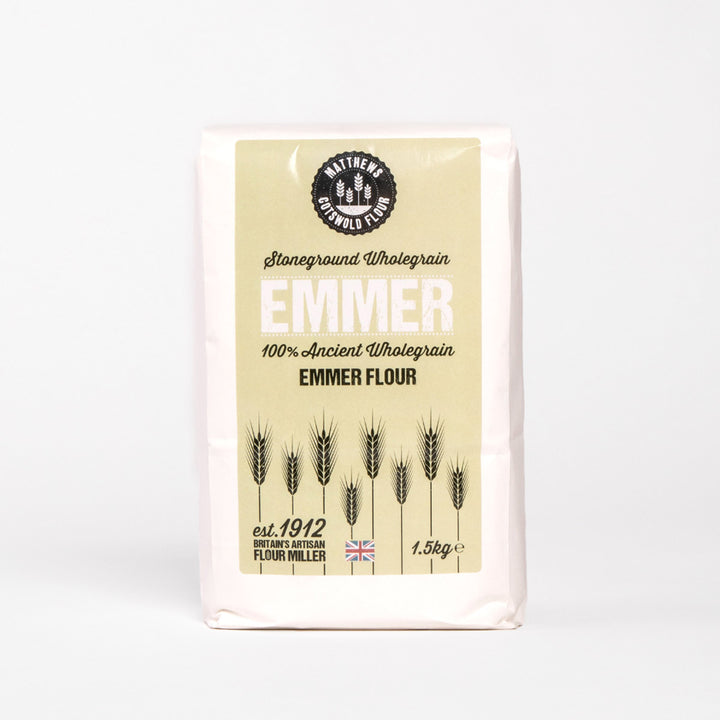Top 6 questions about bread flour answered!
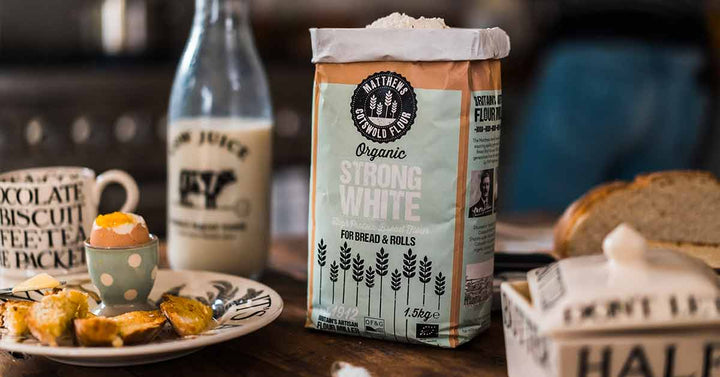

Bread flour is one of the most popular flour types in the household because of its texture and flexible usage. You can bake a wide variety of pastry using bread flour and the texture of the baked goods is consistent and brilliant.
While bread flour is commonly used by professional bakers and in households, there are many questions about bread flour and its use and nutrition. For example, many bakers ask questions about bread flour such as “what’s the difference between bread flour and plain flour?” and “is bread flour healthy?”. To address these questions, we’ve answered the top seven questions about bread flour in this blog post. Enjoy!
1. What’s the difference between bread flour and plain flour?

The main difference between bread flour and plain flour is the protein level. Bread flour, which comes in white and whole wheat varieties, has a higher protein content than plain flour. Bread flour usually contains 11-13% protein. Bread flour contains more protein to produce lots of gluten. Gluten is the stringy strands that give bread dough its stretch and elasticity, and baked bread its characteristic chew. Kneading dough develops a network of gluten strands that trap air and produce the airy holes characteristic of many breads. You can use bread flour in place of plain flour when you want to produce a chewier result. Bread flour is suitable for baking bread and rolls.
2. What’s the difference between bread flour and cake flour?

Cake flour is used specifically for baking cakes. On the completely opposite end of the spectrum of bread flour, cake flour has a significantly low protein content. Compared to bread that’s supposed to be chewy and therefore abundant in gluten, cake is supposed to be fluffy and tender. Gluten development for baking cakes is minimal so cake flour is low in protein, usually around 9%.
3. What’s the difference between bread flour and pastry flour?

Pastry flour has an even lower protein content than cake flour at around 8%, and is mostly used to make baked goods such as pie crusts, biscuits, and scones — anything where you want a tender, crumbly, or flaky texture.
4. Is bread flour fattening?

While bread flour has a diverse and healthy nutrition profile, it’s high in carbs. When carbs enter our bodies, carbs get brown down into glucose which lead to an increase in blood sugar levels. This increase ultimately can increase our body weight.
Overall, it’s recommended to use bread flour or eat bread in moderation.
If you want to minimize the blood sugar level increase after consuming bread flour, you can mix bread flour with spelt flour when baking. Whole-grain spelt is an excellent source of fibre. Fibre helps to slow your digestion, which helps to reduce blood sugar spikes after eating. Spelt is also brilliant for improving digestion thanks to spelt’s exceptional abundance of fibre.
5. How many slices of bread should I eat daily?

When you make bread loaf using bread flour, it’s suggested to eat the bread in moderation. As a general rule of thumb, one to two medium slices is usually suitable for most people. Moreover, we should watch out on what we put on the bread. Condomants such as jam or butter contain high calories or sugar content so we should carefully look at the nutritional label before applying the condomants on our bread to avoid consuming excessive amounts of calories.
6. Is it bad to eat bread every day?

In short, no. Bread, alongside other grain products, give us the energy we need to take on our day by fueling us with carbs, B-group vitamins, minerals and dietary fibre. The B vitamins help regulate metabolism and the nervous system. Minerals, such as iron and magnesium, improve the immune system and maintain oxygen levels in the blood. Dietary fibre is essential to bowel health. Include a wide variety of bread products and other grains in your diet to maximize the nutritional benefits of these foods.
← Older Post Newer Post →

